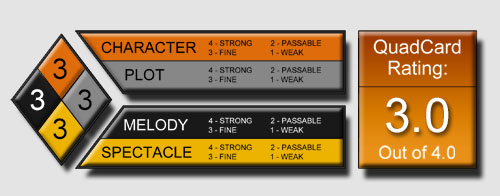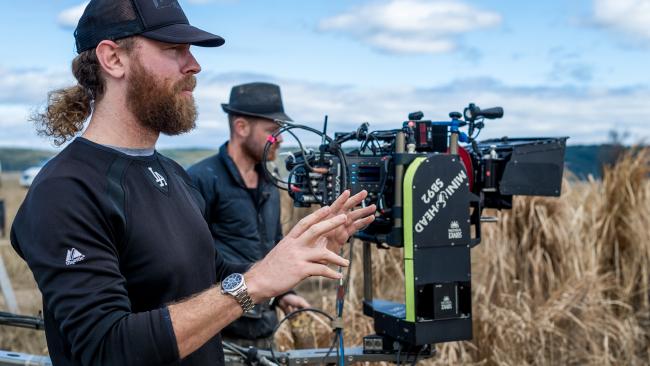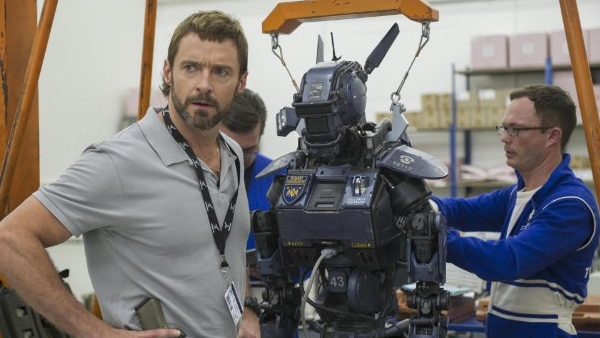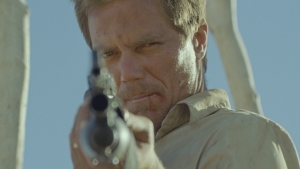 Bold and ambitious, yet simple and economic, Jake Paltrow’s neo-Western, Young Ones, should be remembered for two things. First, it paints an amazing portrait of a near-future that is so plausible, it’s nearly on our doorstep. Second, while the characters lead bleak lives, this sci-fi picture never lets the science fiction get in the way of the story. Although somewhat exaggerated, and detestable at times, the human element really shines in this dismal but slightly hopeful narrative.
Bold and ambitious, yet simple and economic, Jake Paltrow’s neo-Western, Young Ones, should be remembered for two things. First, it paints an amazing portrait of a near-future that is so plausible, it’s nearly on our doorstep. Second, while the characters lead bleak lives, this sci-fi picture never lets the science fiction get in the way of the story. Although somewhat exaggerated, and detestable at times, the human element really shines in this dismal but slightly hopeful narrative.
At first, Young Ones comes across like a post-apocalyptic vision of the future. Paltrow imagines what life beyond the skylines of a Blade Runner type universe might be like. Yet, 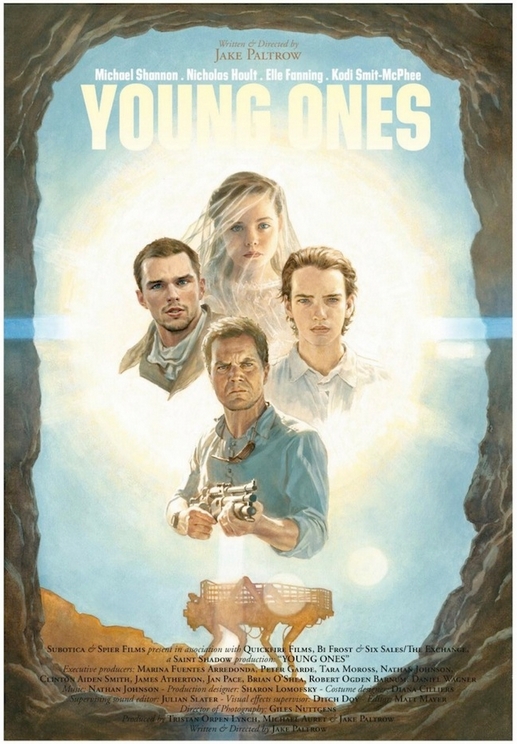 while set in a harsh, desert-like setting, it really has more in common with A.I. than Mad Max. Jerome, and his teenage children, Ernest and Mary, seem lost in the wasteland they inhabit. In order to grow crops on the purportedly fertile land, Ernest (Michael Shannon) needs water. Insufficient (non-existent really) rainfall means he must make deals with the questionable locals to instate man-made irrigation or continue his descent into poverty. Beyond that, Young Ones finds each character struggling with hard issues presented by the barren countryside. Little by little however, the film constantly exposes the “character” of these and other sun-beaten people of the plains; they try to put on a good face, but their existence is not a pretty one.
while set in a harsh, desert-like setting, it really has more in common with A.I. than Mad Max. Jerome, and his teenage children, Ernest and Mary, seem lost in the wasteland they inhabit. In order to grow crops on the purportedly fertile land, Ernest (Michael Shannon) needs water. Insufficient (non-existent really) rainfall means he must make deals with the questionable locals to instate man-made irrigation or continue his descent into poverty. Beyond that, Young Ones finds each character struggling with hard issues presented by the barren countryside. Little by little however, the film constantly exposes the “character” of these and other sun-beaten people of the plains; they try to put on a good face, but their existence is not a pretty one.
Yet the reveal that they are all there by choice begins to show the depth and sophistication of Paltrow’s story. They could move to the city but Ernest is convinced that if you water it, it will grow. It’s not far-fetched or heady sci-fi; it’s almost an exaggerated portrayal of issues that exist in current small towns across America. Ernest is pushed to his limits and struggles to do what he must to keep his family alive. But the film isn’t entirely all about him. As the title states, it’s the “young ones” who must grow up far before their time. Water is a precious and dwindling commodity, and this small cast of teenagers are struggling with, among other things, their own personal development and survival.
It’s a slow-build story that might leave some cold as far as the resolution goes. But these kids have their whole lives ahead of them – they are dealing with the events and choices they’ve made in a small period of time which will take a lifetime to reconcile, or just accept. This may seem like the Old West we’ve seen in classic Westerns, but it’s the montages and vibrant cinematography that set Paltrow’s film apart. The visuals are unique, and paired with the subtle but advanced sci-fi technology, Young Ones will continue to surprise minute after minute.
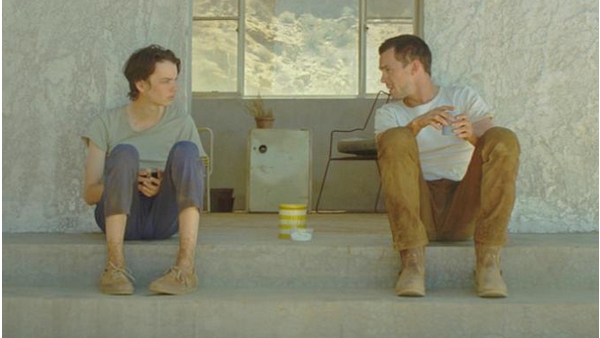
In fact, Young Ones comes close to being a piece of moving art (styled like Terrence Malick meets Rian Johnson). If you want to contest, just wait til you see that extended funeral scene – it’s one of the coolest and most inventive transitions you’ll likely experience in a film. The visuals are strong but they are infinitely enhanced by the score. Composer Nathan Johnson (Brick, Looper) blends sweeping strings and an array of off-beat, vintage, and imperfect instruments. The result is a series of wonderfully simple, but meaningful themes that sound old fashioned but come across very modern.
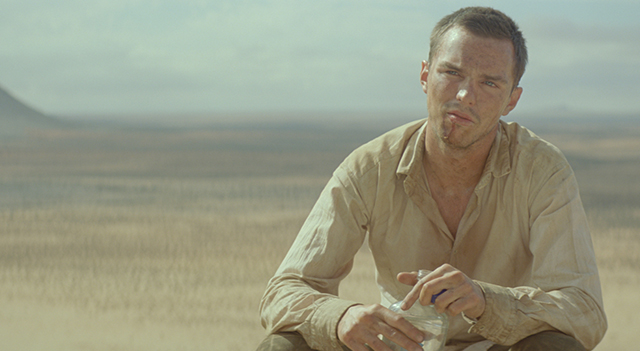
The film, a Little House on the Sci-Fi Prairie if you will, is a mix between classic Westerns and modern, minimalist filmmaking. Paltrow does a lot with slow takes, sweeps, even static shots, and the cinematography is as fantastic as the art direction. In an odd way, this feels authentic and mainly because it doesn’t seem that far-fetched. We might even see something similar to this inside of 15 years (if that’s the case we can’t wait to get one of those cell phones!). On that note, there’s an amazing duality to the story. Even though technology is far beyond what exists in our time, it really can’t do anything to save these people who are struggling with the most basic truths – water is, ultimately, the only necessity.
G-S-T RULING:
Young Ones is wicked, and emotional, but Paltrow’s story, by way of his matter-of-fact exposition and presentation, again, might leave film fans just a bit dry. However, considering the setting, and the fantastically unforgiving world he’s built, that’s the whole point. A “modern sci-fi Western” might seem like one of the weirdest genre mash-ups outside of a film festival, but the good news is, it works. However, just like the crops Ernest and Jerome are trying to grow, it takes a little time and patience.
